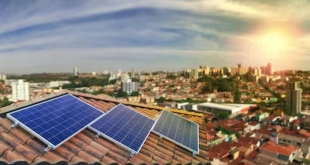Marine Heat Waves
April 30, 2024
Editorials
200 Views
Concept :
- Marine heatwaves (MHWs) are periods of abnormally high sea surface temperatures (SSTs) in a specific region of the ocean. They’re like heatwaves on land, but in the ocean.
- Duration: They can last from days to months, even years in rare cases.
- Intensity: Their intensity varies, with some being mild and others extremely severe.
Causes of Ocean Heat Waves:
- Natural Variation: Natural climate cycles like El Niño-Southern Oscillation (ENSO) influence ocean temperatures and can trigger MHWs.
- Air-Sea Interactions: Changes in atmospheric patterns, like high-pressure systems, weaken winds, reduce cloud cover, and trap heat in the surface layer of the ocean leading to warmer water.
- Ocean Currents: Ocean currents can transport warmer waters into a region.
- Climate Change: The overall warming trend of the planet due to human-induced climate change makes ocean heatwaves more frequent, intense, and longer-lasting.
Consequences of Ocean Heat Waves:
- Disruption to Marine Ecosystems:
- Coral Bleaching: Increased temperatures cause corals to expel symbiotic algae, leading to bleaching and potential death.
- Loss of Biodiversity: MHWs upset the balance of marine ecosystems, causing mass mortality, migration of species, and shifts in predator-prey relationships.
- Harmful Algal Blooms: Can be triggered by warm water and disruption to food webs.
- Impact on Fisheries: Fish populations can decline or shift, affecting livelihoods and food security.
- Economic Damage: Negative impacts on tourism, aquaculture, and coastal communities dependent on healthy ocean environments.
- Sea Level Rise: Warmer water expands, further contributing to rising sea levels.
Post Views: 306
 Chinmaya IAS Academy – Current Affairs Chinmaya IAS Academy – Current Affairs
Chinmaya IAS Academy – Current Affairs Chinmaya IAS Academy – Current Affairs


